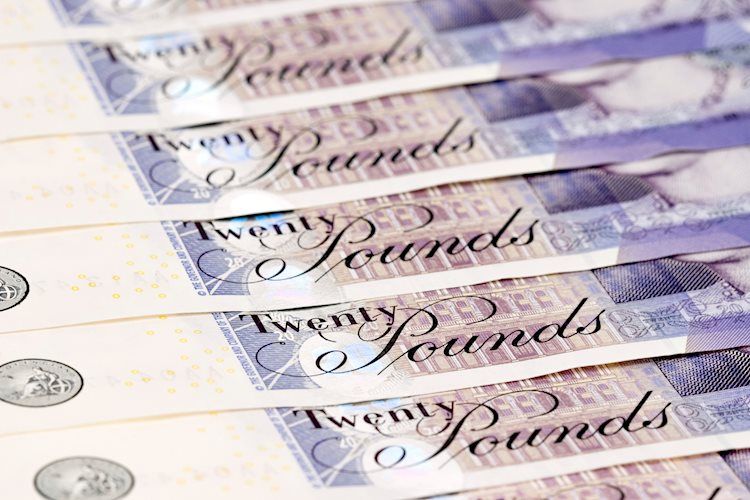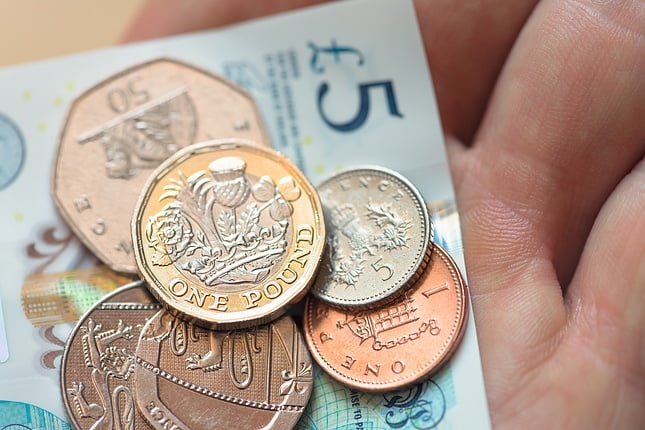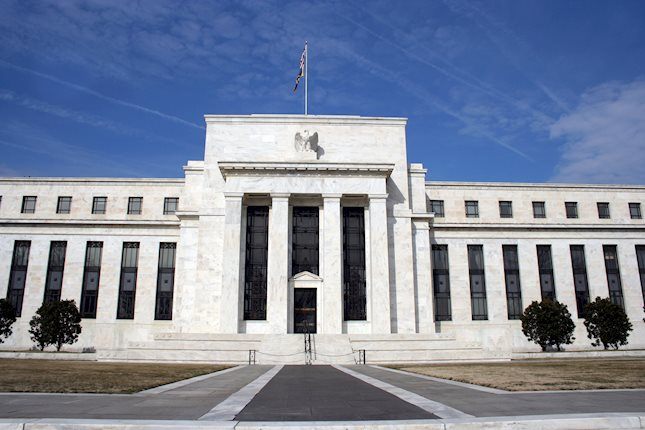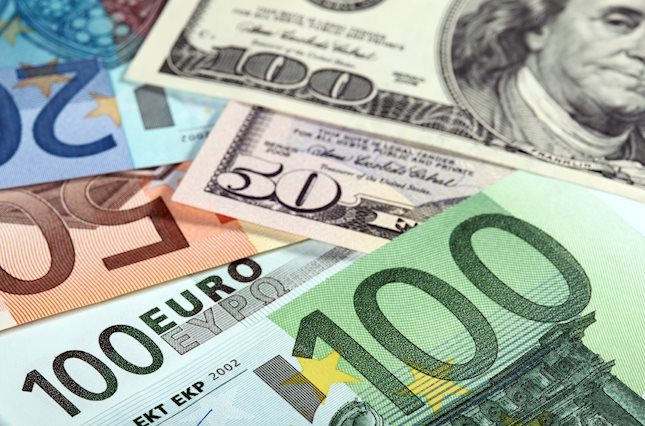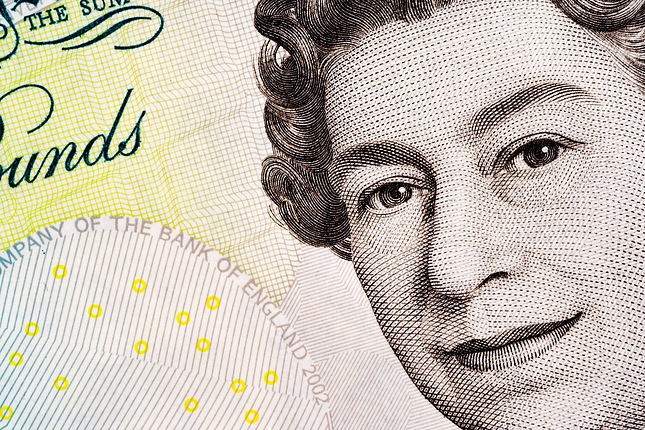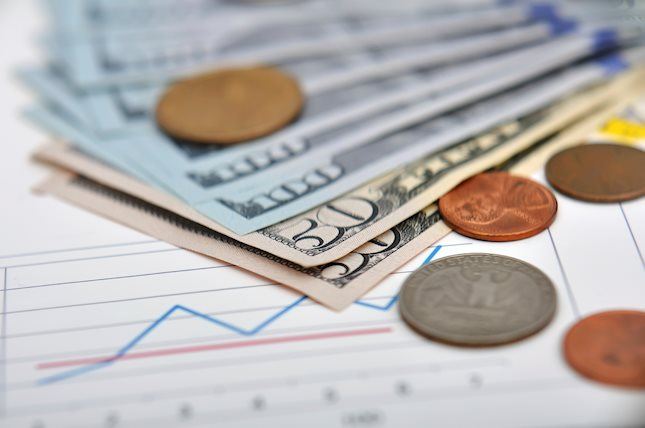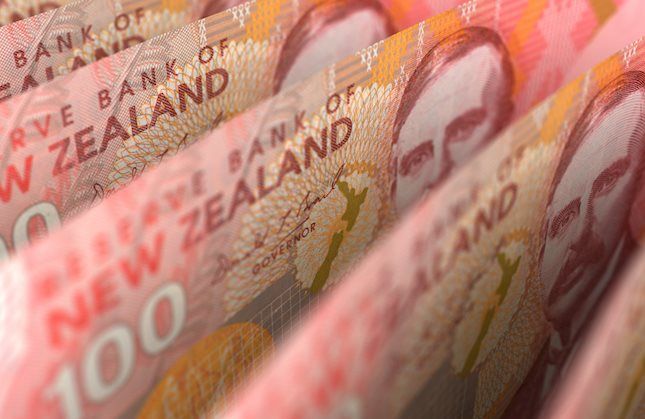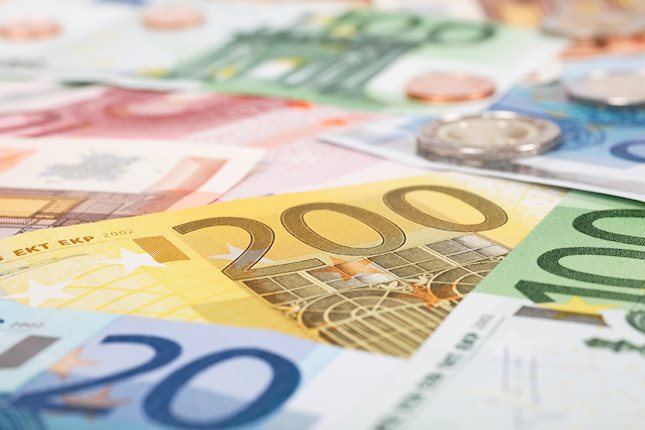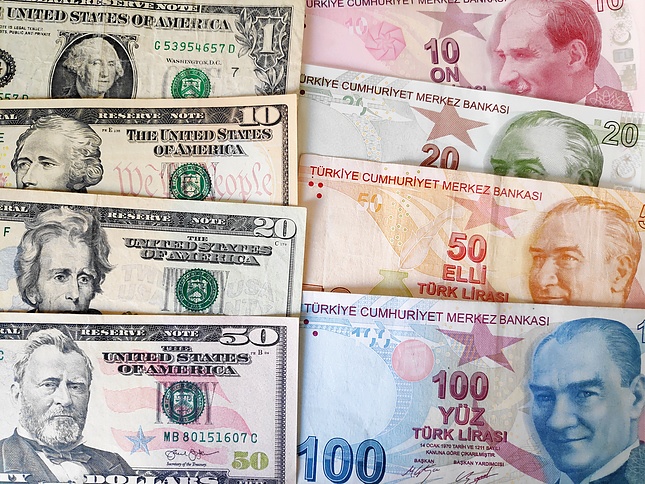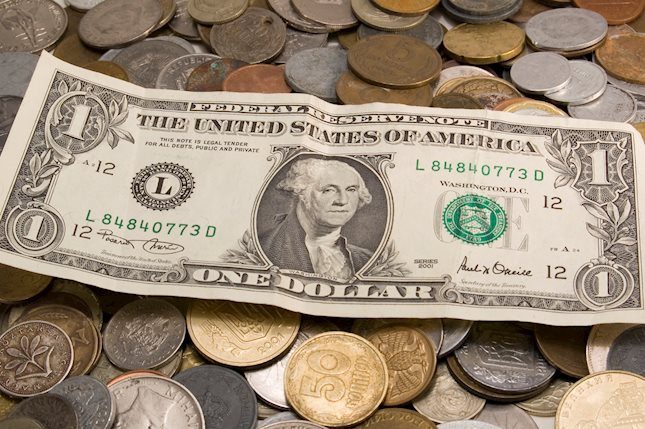GBP/USD plunges to new lows to kick off the new trading year
- GBP/USD soured on Thursday, dipping below 1.2400 for the first time since April.
- January just started but Cable is already on pace to end the month on a sour note.
- US PMI figures on Friday will round out the week’s economic calendar.
GBP/USD struck a soft chord on Thursday, dumping over one percent on the outset of the new trading season and piercing through the 1.2400 handle for the first time in almost ten months. Market volumes remain thin following the midweek New Year’s holiday, but the orders coming through are on a decidedly risk-off stance.
Economic data on the UK side remains strictly low-tier through the remainder of the first trading week of 2025, leaving Cable traders to grapple with a fresh update in US Purchasing Managers Index (PMI) figures slated for Friday. UK Money Supply and Mortgage Approvals are due to release early Friday as well, but the low-impact figures are unlikely to move the markets.
US ISM Manufacturing PMI survey results for December are expected to hold steady, forecast to print at a contractionary 48.4, in line with the preliminary reading. Despite a slight uptick MoM, US businesses continue to have a tepid outlook on activity in the first quarter of 2025 as domestic demand cools off.
The key takeaway for Cable traders will be the rate differential through the first half of 2025. The Federal Reserve (Fed) is slated to deliver far fewer rates cuts through the year than previously expected. The Fed itself only expects to deliver a total of two 25 bps rate trims through 2025, as noted in the US central bank’s Summary of Economic Projections (SEP) in December.
GBP/USD price forecast
GBP/USD took a fresh leg lower, falling back below 1.2400 and the pair is poised for a further plunge back into the 1.2300 handle. The 50-day Exponential Moving Average (EMA) is accelerating into the bearish side below 1.2700 after crossing through the long-run 200-day EMA near 1.2780, which will put further downside pressure on price action in the near term.
GBP/USD daily chart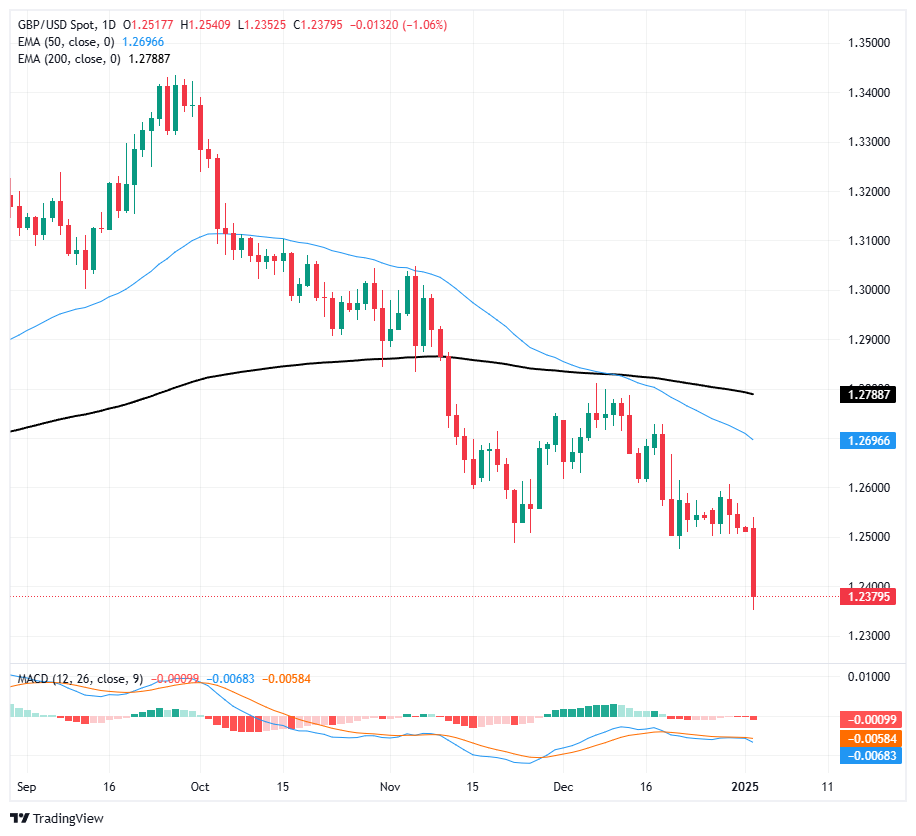
Pound Sterling FAQs
The Pound Sterling (GBP) is the oldest currency in the world (886 AD) and the official currency of the United Kingdom. It is the fourth most traded unit for foreign exchange (FX) in the world, accounting for 12% of all transactions, averaging $630 billion a day, according to 2022 data. Its key trading pairs are GBP/USD, also known as ‘Cable’, which accounts for 11% of FX, GBP/JPY, or the ‘Dragon’ as it is known by traders (3%), and EUR/GBP (2%). The Pound Sterling is issued by the Bank of England (BoE).
The single most important factor influencing the value of the Pound Sterling is monetary policy decided by the Bank of England. The BoE bases its decisions on whether it has achieved its primary goal of “price stability” – a steady inflation rate of around 2%. Its primary tool for achieving this is the adjustment of interest rates. When inflation is too high, the BoE will try to rein it in by raising interest rates, making it more expensive for people and businesses to access credit. This is generally positive for GBP, as higher interest rates make the UK a more attractive place for global investors to park their money. When inflation falls too low it is a sign economic growth is slowing. In this scenario, the BoE will consider lowering interest rates to cheapen credit so businesses will borrow more to invest in growth-generating projects.
Data releases gauge the health of the economy and can impact the value of the Pound Sterling. Indicators such as GDP, Manufacturing and Services PMIs, and employment can all influence the direction of the GBP. A strong economy is good for Sterling. Not only does it attract more foreign investment but it may encourage the BoE to put up interest rates, which will directly strengthen GBP. Otherwise, if economic data is weak, the Pound Sterling is likely to fall.
Another significant data release for the Pound Sterling is the Trade Balance. This indicator measures the difference between what a country earns from its exports and what it spends on imports over a given period. If a country produces highly sought-after exports, its currency will benefit purely from the extra demand created from foreign buyers seeking to purchase these goods. Therefore, a positive net Trade Balance strengthens a currency and vice versa for a negative balance.
Forex News
Keep up with the financial markets, know what's happening and what is affecting the markets with our latest market updates. Analyze market movers, trends and build your trading strategies accordingly.
